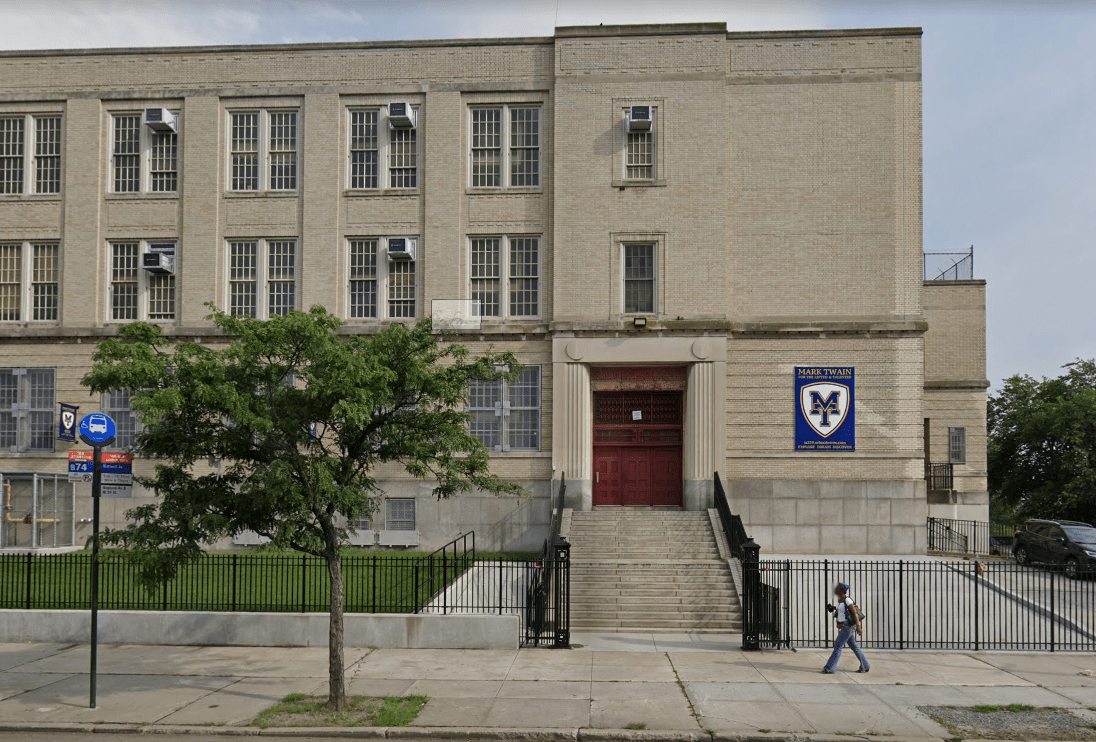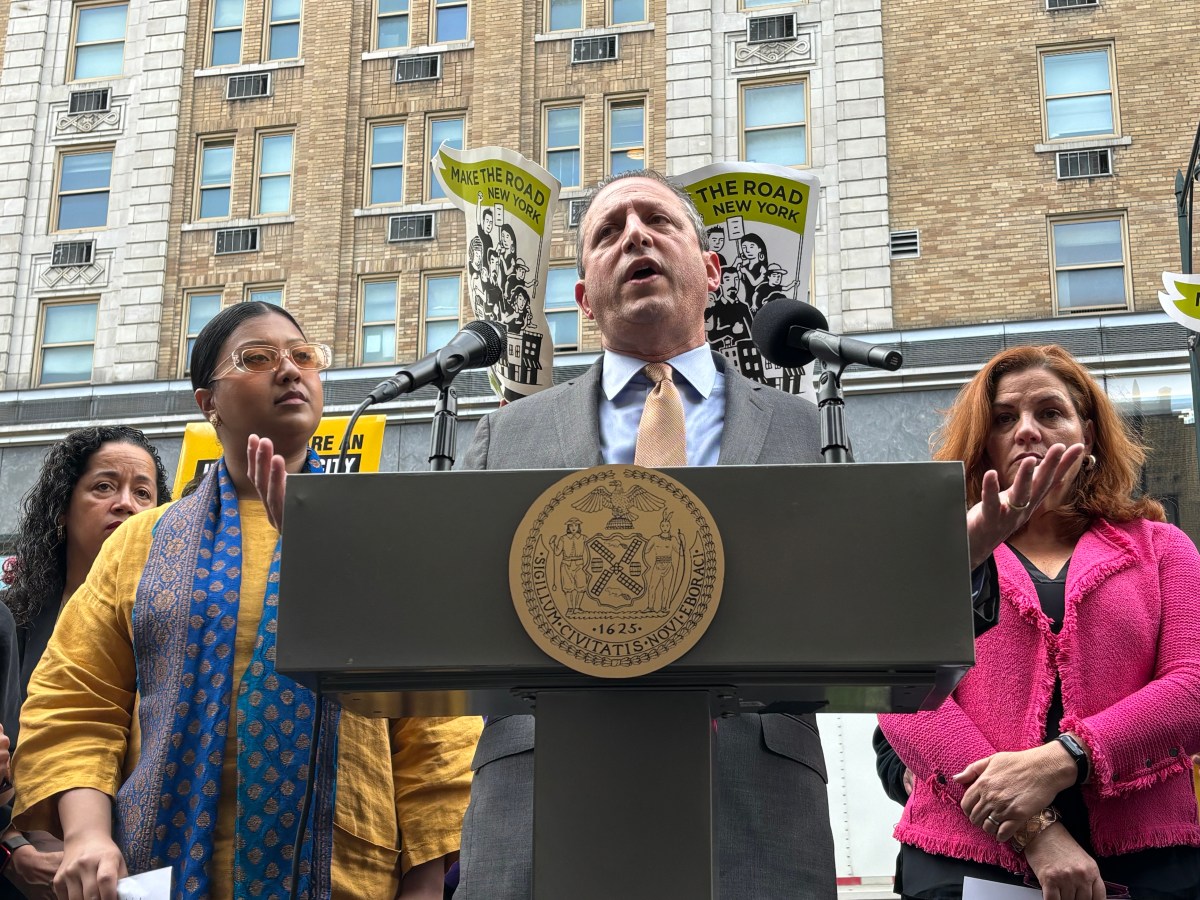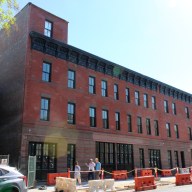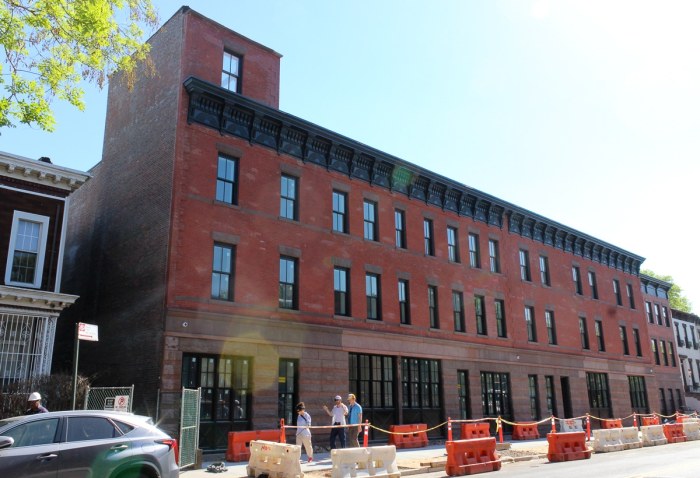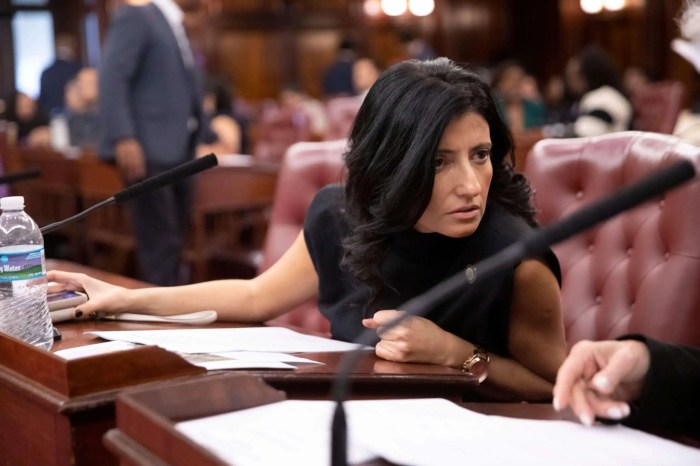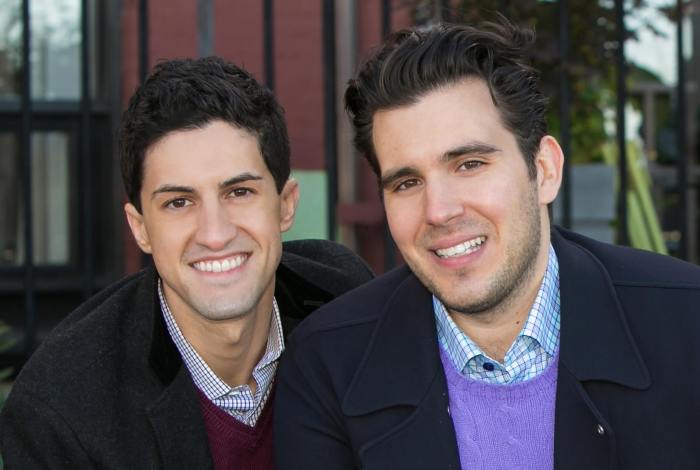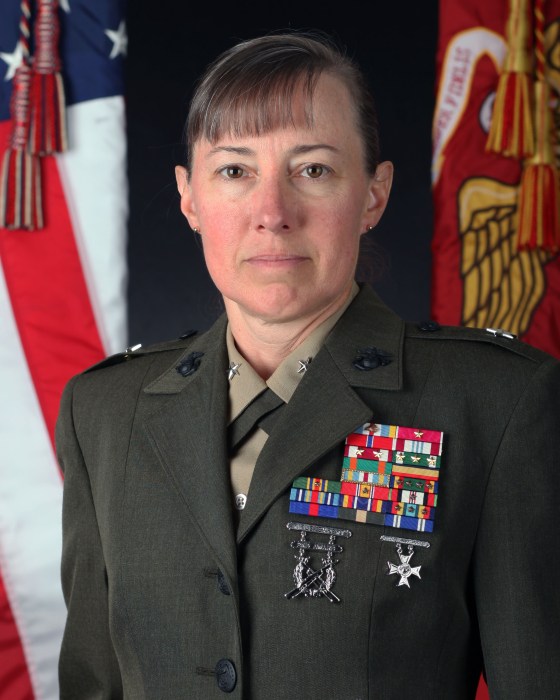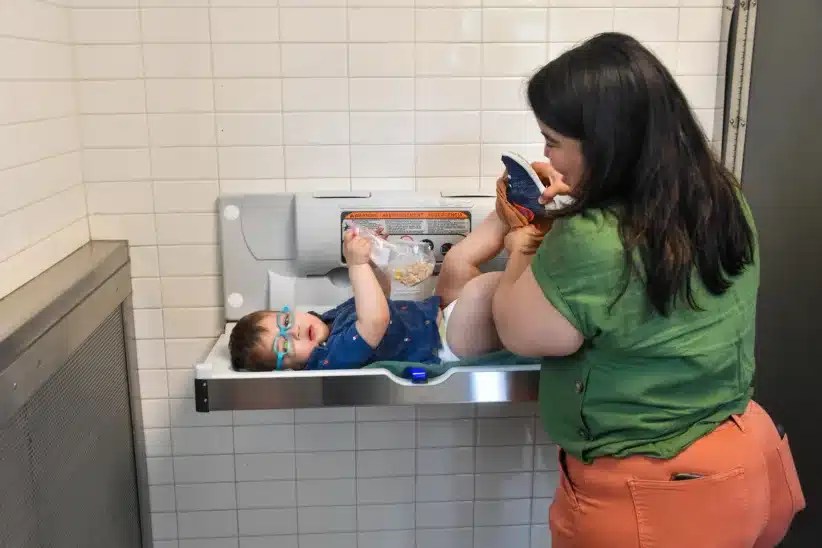A recent study unveiled the massive funding discrepancies between Coney Island schools fueled by Parent Teacher Association fundraising efforts, which one lawmaker said perpetuates racial and socio-economic inequities throughout the People’s Playground.
“It’s very concerning to me — the depths of inequalities in our school district,” said Councilman Mark Treyger (D-Coney Island), who sponsored legislation requiring education officials to release PTA funding data. “This report clearly shows that your zip code does impact the amount of opportunities for your children and your school system.”
While some Coney Island schools rake in hundreds of thousands of dollars through parent-led fundraisers, others receive exactly nothing. The PTA at Mark Twain IS 239 for the Gifted and Talented, located on Neptune Avenue by W. 25th Street, raised over $330,000 last year — towering over the other PTAs in the neighborhood, which generally raised $40,000 or less annually.
The parent org at PS 329 Surfside — located only five blocks away from Mark Twain — raised $202 in 2018, which equals out to $0.52 per student. The PTAs at Brighton Beach’s PS 253 and Gravesend’s John Dewey High School raised no money last year. (See how much your school’s PTA raised here.)
PTA funding also shows some racial disparities, with schools serving predominantly Black and Latino students bringing in less PTA money on average than predominantly white schools. Mark Twain — a magnet school that serves students from across the city — is 51-percent White and just over six-percent Black, while PS. 329 Surfside is only six percent White and 61-percent Black, data shows.
The additional money brought in by parent fundraisers typically bankrolls school trips, art and music teachers, after-school classes, and all other programs outside the core curriculum. As a result, schools without the advantage of well-heeled parents suffer a definitive disadvantage, Treyger said.
“[PTA funds] can hire art music teachers. They can fund after school activities, they can fund trips around the world,” he said, adding that the PS 288 on W. 25th Street almost had to cut its stepping dance program because of a funding shortage.
Treyger emphasized that he doesn’t blame parents for not giving more money to their schools. Instead, he put the onus on the Department of Education for perpetuating a system that further divides schools’ funding based on students’ socio-economic status.
“If a school did not raise any money, it does not mean that the community doesn’t care about education. It means that they lack capacity,” Treyger said.
Some argue that the disparities in PTA funding schools are not as alarming as they seem, since schools serving low-income students receive extra city and state funding, as well as federal Title 1 funds that offset the differences in PTA money, Chalkbeat reported. But Treyger claimed that only a small portion of that supplemental funding goes to forming or maintaining a PTA.
“The schools have to use one-percent of those federal resources for parent resources and parent activities … but a principal can use that money to start a workshop; they don’t have to use that to start a PTA.”
Treyger argued that the city should be required to fund PTA resources at all schools, which would jumpstart PTAs, direct more money to enrichment programs, and increase community engagement.
“They should provide a baseline amount of funding and support to ensure they have active PTA organizations,” he said.


